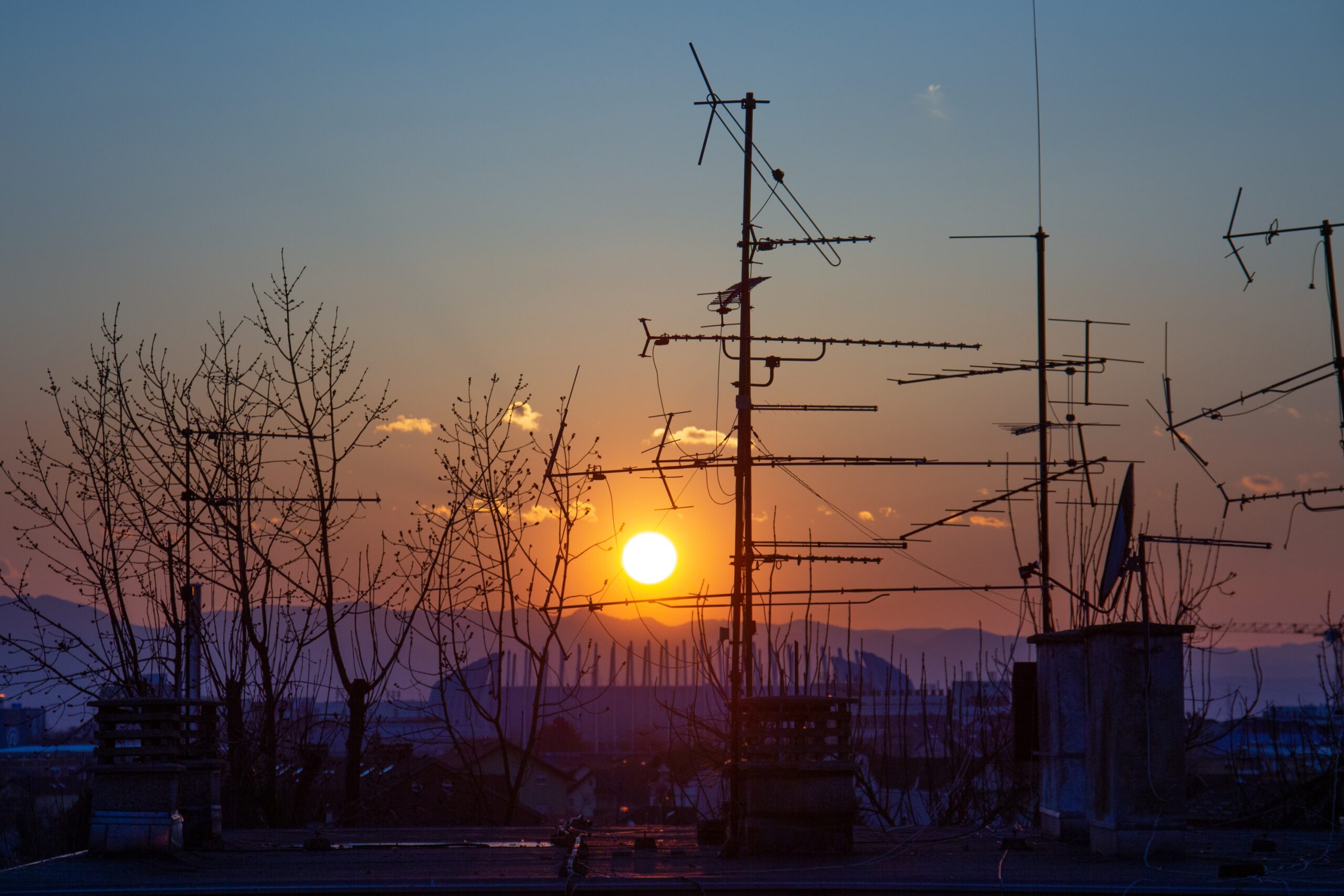How Rural Electrification Improves Nighttime Medical Care
For millions of people across Latin America, Africa, and South Asia, having a stable source of electricity can mean the difference between life and death. Rural electrification has become one of the most transformative forces for public health in areas where state infrastructure is absent. Today, thousands of families benefit from independent projects that have redefined how communities handle emergencies, nighttime childbirths, vaccination campaigns, and basic medical procedures.

Electricity and Community-Based Health Care
The same story repeats itself in many corners of the world: clinics that shut their doors at sunset, midwives working by flashlight, and patients traveling miles through the dark to reach better-equipped centers. Without reliable power, nighttime medical care becomes risky, limited, and often impossible.
When private organizations began investing in solar panels, community microgrids, and hybrid energy systems to illuminate rural clinics, the results were immediate and sustainable. One of the most cited examples is that of energy cooperatives supported by international donors, which installed solar roofs on health posts in Central America. Before these interventions, midwives assisted births in near-total darkness, relying on kerosene lamps that not only impaired visibility but also filled delivery rooms with toxic fumes harmful to newborns and mothers alike.
Access to a steady electrical supply has allowed clinics not only to light their rooms but also to operate essential medical equipment—from sterilizers and vaccine refrigerators to neonatal warming lamps and vital-sign monitors. In vulnerable settings, an illuminated clinic is more than a functional space; it becomes a symbol of trust and safety, reassuring families that trained staff and proper equipment are available during nighttime emergencies.
Expanding Medical Services and Safety
Electrification has also enabled extended service hours and better follow-up care for chronic patients with conditions such as diabetes or hypertension, who can now be monitored beyond daylight hours. Outdoor lighting has further improved community safety by reducing nighttime violence near clinics—previously a major deterrent for those seeking help after dark.
Another critical transformation lies in vaccine and medicine preservation. Maintaining the cold chain is essential for public health, particularly during immunization campaigns in remote regions. Projects funded by technology foundations have installed low-consumption solar refrigerators in villages that never had electricity, allowing for stable temperature control and safe vaccine storage. These innovations make it possible to carry out vaccination drives both day and night without losing doses to heat fluctuations.
Empowering Community Health Workers and Midwives
Electricity has also revolutionized the work of community health agents, who are now equipped with rechargeable flashlights, mobile devices, and portable kits to conduct home visits after dark. They can perform prenatal checkups, monitor chronic illnesses, and track infectious diseases with greater efficiency.
For midwives, reliable lighting marks the difference between a safe birth and a potential emergency. Adequate illumination allows them to identify complications in time, preventing high-risk transfers that could endanger both mother and child.
These advances have profoundly changed life in remote areas—not only through technology but through collaboration. Small NGOs, renewable energy companies, and local cooperatives have become essential partners, ensuring that each installation is accompanied by training programs, spare parts, and financing models that guarantee long-term operation.
A Broader Impact on Health and Quality of Life
Rural electrification has indirect health benefits beyond the clinic. In homes, replacing candles and kerosene lamps with clean electricity drastically reduces respiratory illnesses linked to smoke inhalation. In farming communities, access to light enables families to process food after dusk, improve hygiene, and safely store perishable goods, creating healthier environments overall.
While electricity cannot replace the shortage of medical personnel, supplies, or transport, it provides an essential foundation for progress. Every illuminated clinic represents not just technological advancement but a shift toward dignity, safety, and resilience—a future where no one’s chance of survival depends on the setting of the sun.


